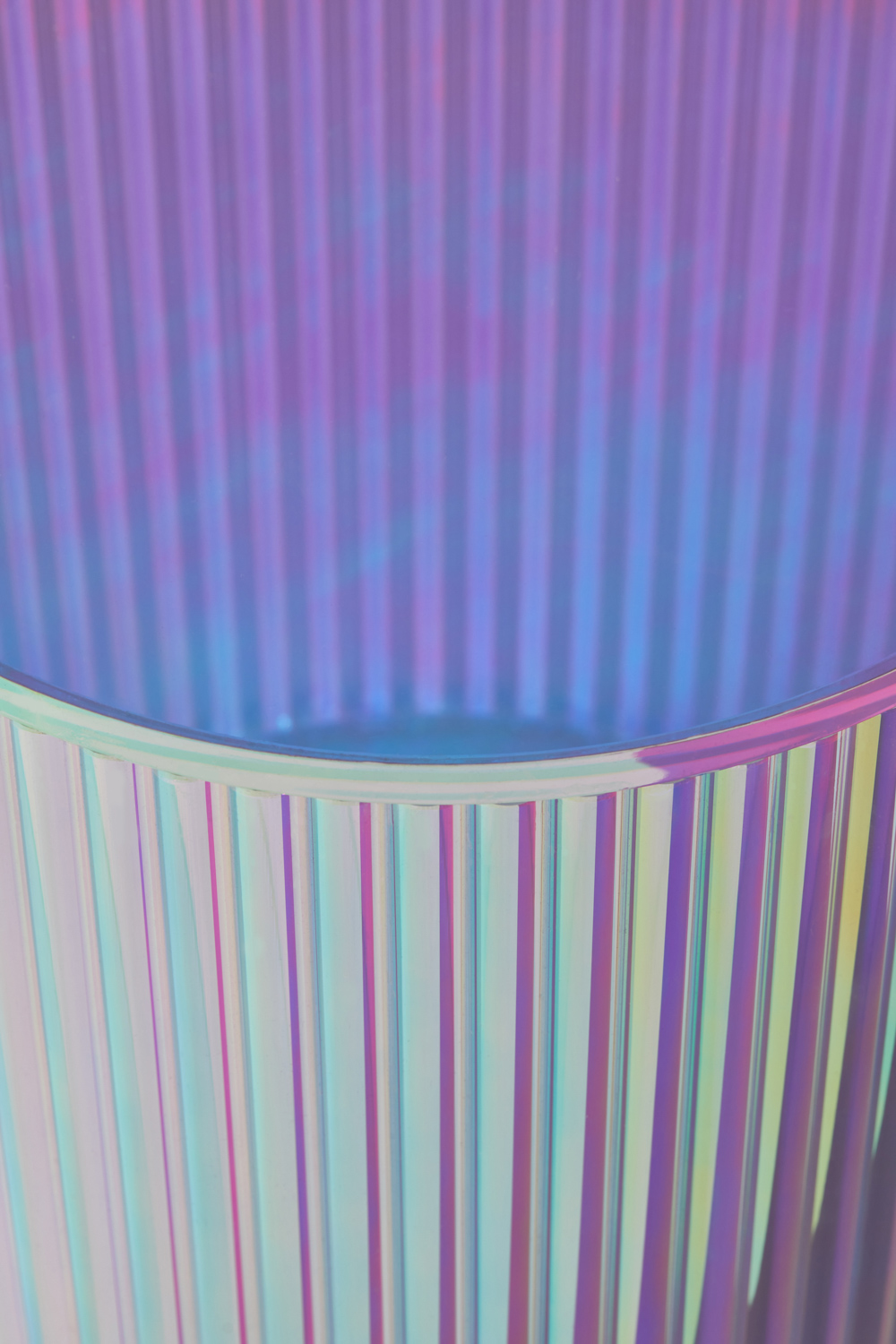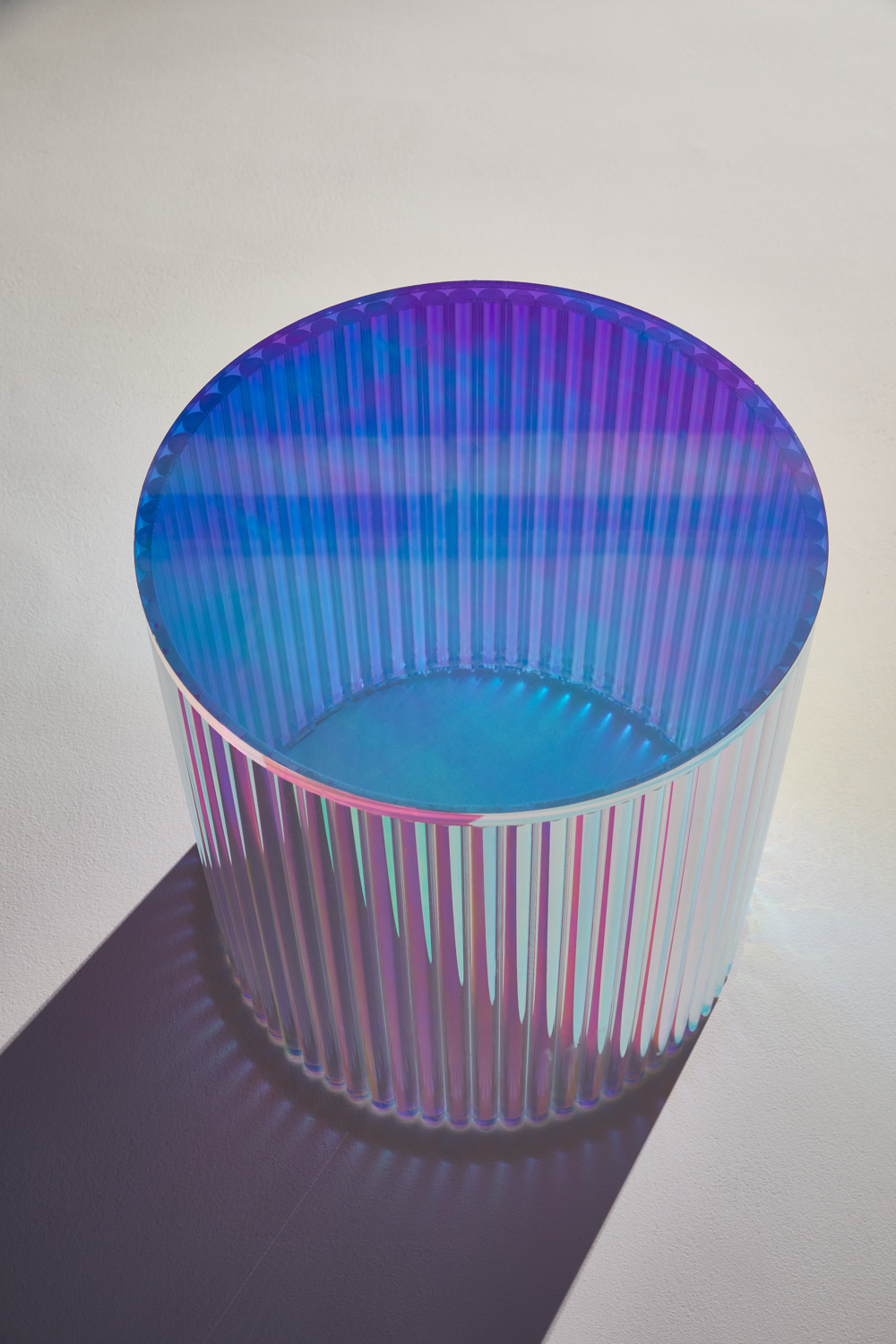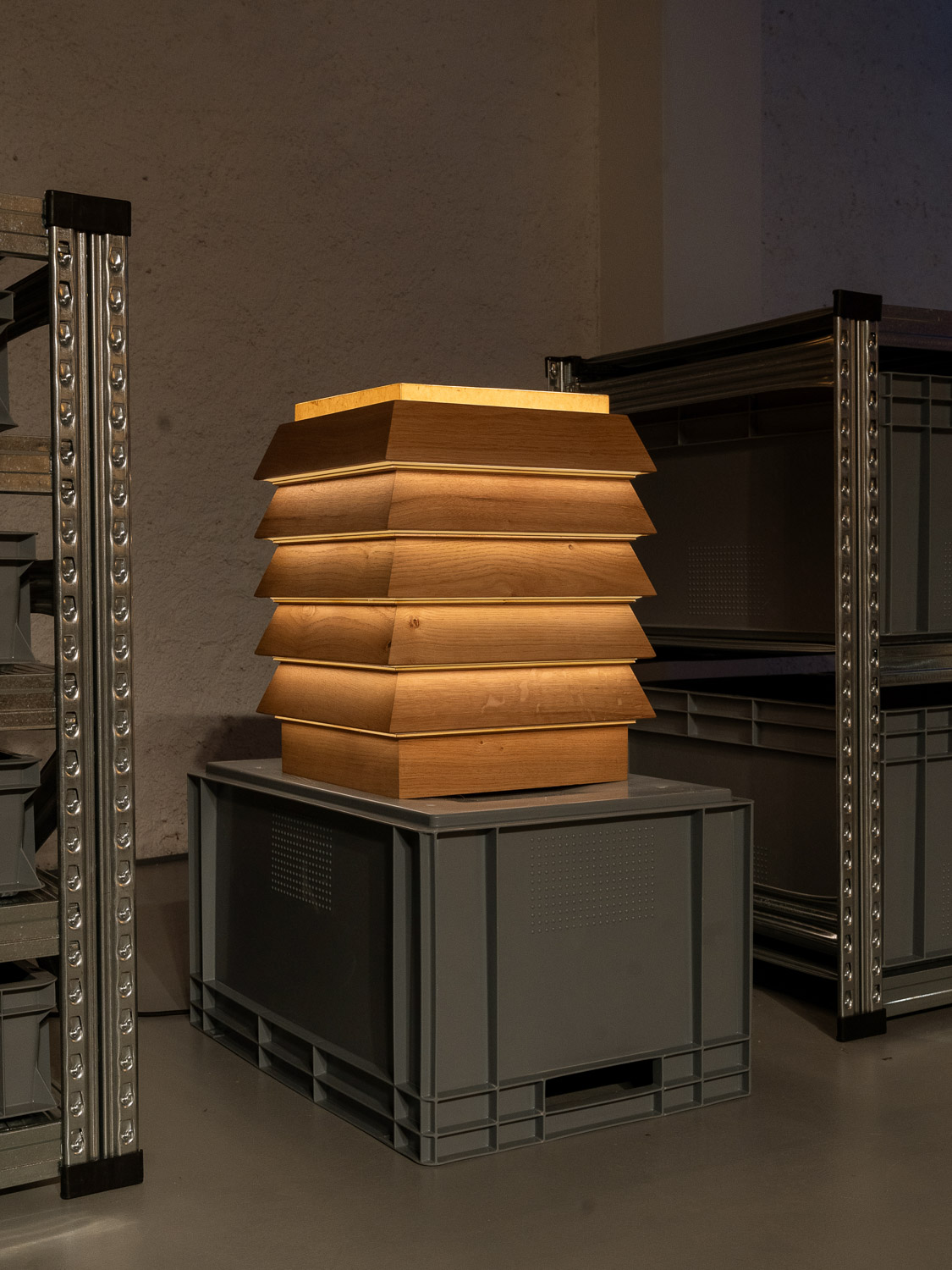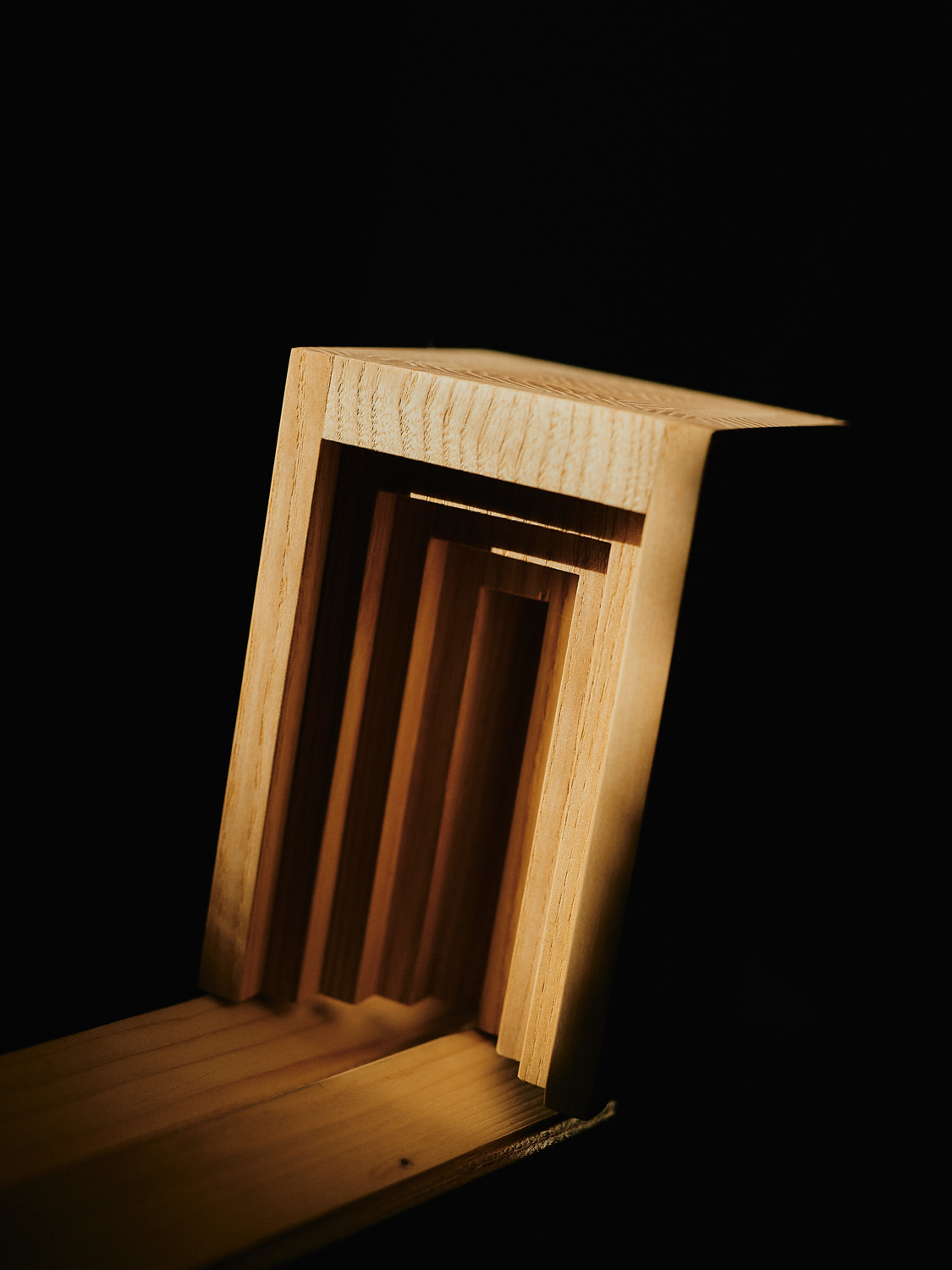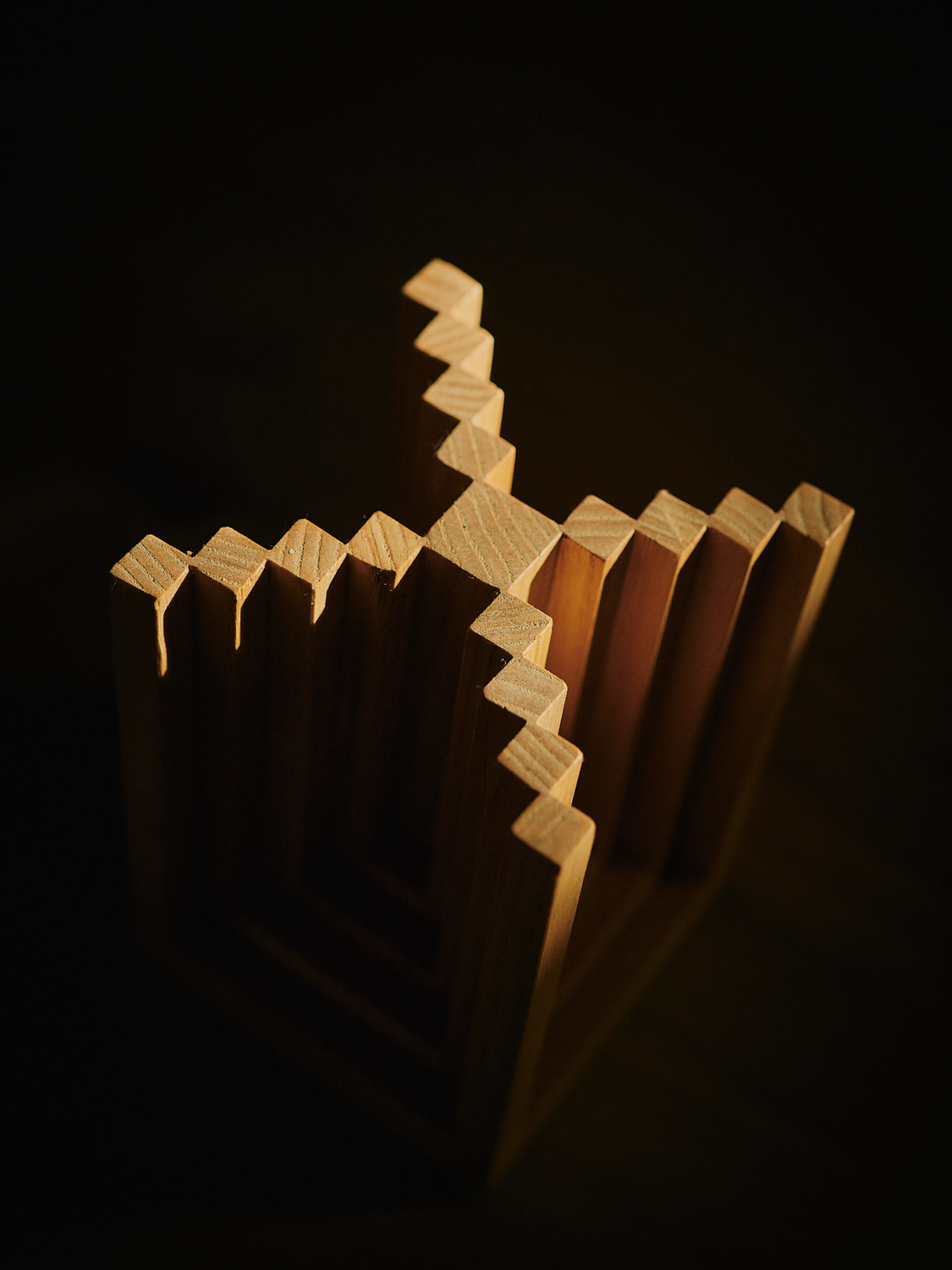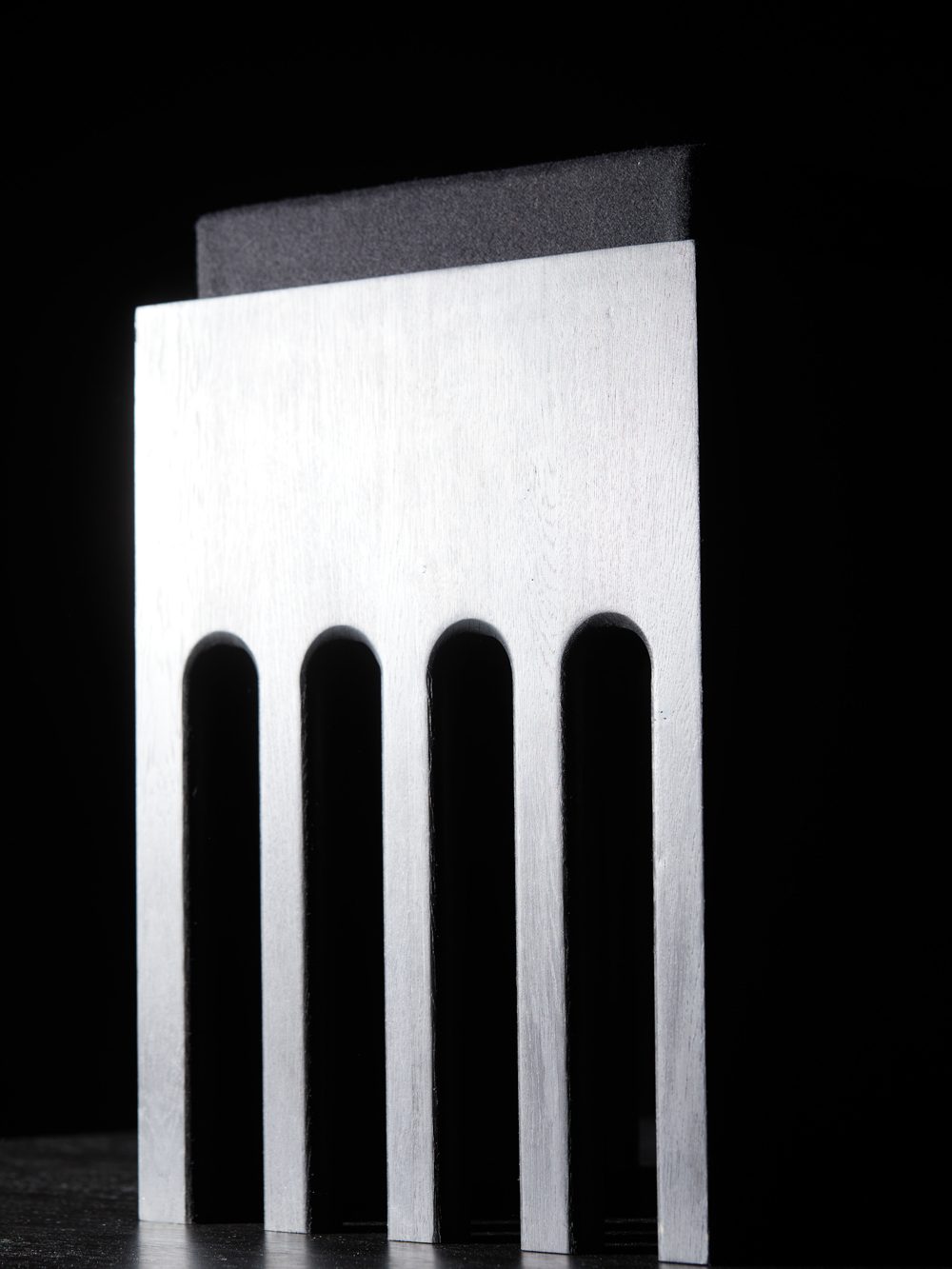THE DESIGN STUDIO WAS FOUNDED BY DANIEL HEILIG WHO WAS INSPIRED BY HIS OWN INTUITION. THEIR UNIQUE WORKS CONNECT WITH USERS BY REVEALING STORIES WHILE MAINTAINING A MINIMALIST APPROACH
TEXT & PHOTO COURYTESY OF HEILIG OBJECTS
(For Thai, press here)
WHO
My name is Daniel Heilig – I’m a multidisciplinary artist, object and interior designer, musician, photographer and fashion designer. I founded and directed the design studio Heilig Objects. We’re a small team of myself and two woodworkers, and I always welcome talented students interested in working with us.
WHAT
I create furniture at the intersection of art and design – what is sometimes called ‘collectible design’. My pieces are available either as one-offs or in limited editions.
WHEN
I founded Heilig Objects in 2020 and first exhibited at Dutch Design Week 2023, followed by Dubai Design Week, Collectible Fair in Brussels and Milan Design Week in 2024.
WHERE
My design studio and the workshop where we manufacture our objects are both located in Griesheim, a small town close to Darmstadt in Germany. While my studio is based in Germany, my work and vision are global. I want to reach people everywhere who love minimalist everyday furniture and atmospheric interior design.
WHY
German furniture design, or at least, the furniture market is predominantly defined by two highly rational factors. First, the consumer has a problem and needs a solution (‘I want to sit, so I need a chair’). Second, decisions are often driven by price. Within this context, I sensed a real lack of emotion, aesthetic aspirations and material awareness. That led me to establish Heilig Objects. I wanted to bring a new and fresh perspective to German furniture design, focused on local manufacturing and timeless aesthetic appeal.
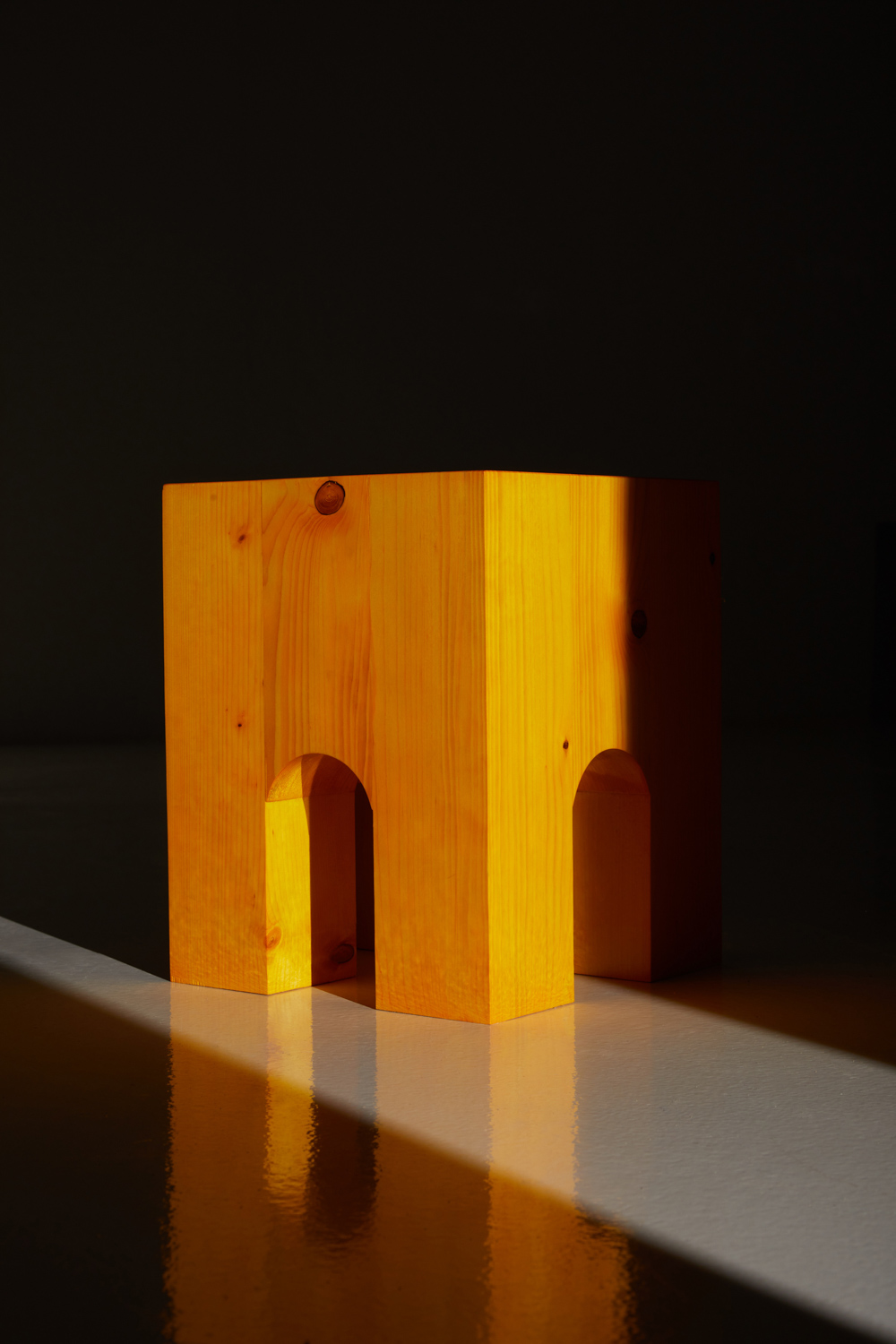
ARC-F4 side table

PONTI coffee table
How would you describe your work?
I’m a self-taught designer, so I’d say my approach to my craft is unconventional. I see that as a huge benefit – I think and create independently of industry conventions. My designs are based on intuition. I always follow my feelings.
To me, good design has the capability of significantly affecting the mood of a room, and of someone who interacts with it. When an object captures your attention, you immediately want to connect with it – touch it and feel it; find out more about its backstory, materiality and craftsmanship. In that sense, my objects are more emotionally driven. I am not aiming to mass produce. I want to make things that are special.
I work with honest materials that emphasise the sensory aspect of my designs. Heilig Objects’s claim is ‘created for nonconformists’, and I strive to make this visible in my designs. They’re intended to be refreshing, bold and brave, always with many details and a little twist. Yet their final form is often understated, minimal and timeless. I see my objects as design oases that offer comfort, warmth, harmony, and aesthetic appeal. They stand for a moment of contemplative, almost meditative appreciation of beauty. In today’s fast-paced, restless world, I believe objects can play an important role as emotional anchors.

HAPPENS stool
What is your inspiration and guiding principle for each creation?
Everywhere. I’m interested in whether, and how, concepts can be transferred or reinterpreted between disciplines. Nature and chance are equally powerful references for me. My HAPPENS Stool, for example, is an accidental design. It came about when two heavy timber columns were placed on the lid of a cardboard box, which buckled under the load and gave HAPPENS its distinctive tilted shape.
I often notice influences in retrospect, as I did with my MONUMENTS collection. When I saw some of the prototypes next to each other, I realized that my subconscious had been preoccupied with architecture – its styles, its epochs, its elements and its dimensions.
What project are you most proud of?
I’m most proud of the desire for adventure that led me to start a design studio, as there are so many things that it brings, and holds, together. Our projects can be so varied. I’m proud of a light that came together super spontaneously, in less than five hours. We had planned to use it as part of our exhibition concept, but it had such resonance that I got enquiries from all over the world. At the other end of the spectrum, there was an idea I was turning over for more than five years. It took me so long to find the right materials, and the manufacturing process also turned out to be very complex and challenging. I’m proud of my continued belief in the idea and also of my team, who made it happen.

Königswinter Tallboy
Which stage of the design process do you like the most?
There’s a certain charm to each stage of the design process. I enjoy freely exploring new concepts. I’m deeply interested in the historical origins of things that inspire me, which at first might not have much to do with the design process itself. There needs to be a meaning and story to something, otherwise it feels soulless to me.
What’s then really motivating is that initial spark of inspiration that things evolve from. The first prototype is just as fascinating. I often find myself contemplating it silently for minutes, letting it sink in. I lean heavily on my intuition in these moments. Sometimes my team might think I’m crazy when I stare at a new prototype without saying anything. But that, too, is part of unconventional thinking. Once an object has been produced, the next steps are exciting, too. The idea behind it often carries weight, so it’s important to me to document its narrative and capture its process through photography.
If you could invite a ‘creative’ to coffee, who would you invite and why?
I’d really like to engage in a creative exchange with Rick Rubin. He’s an incredibly inspiring individual and a fantastic music producer who exudes so much wisdom and calm.

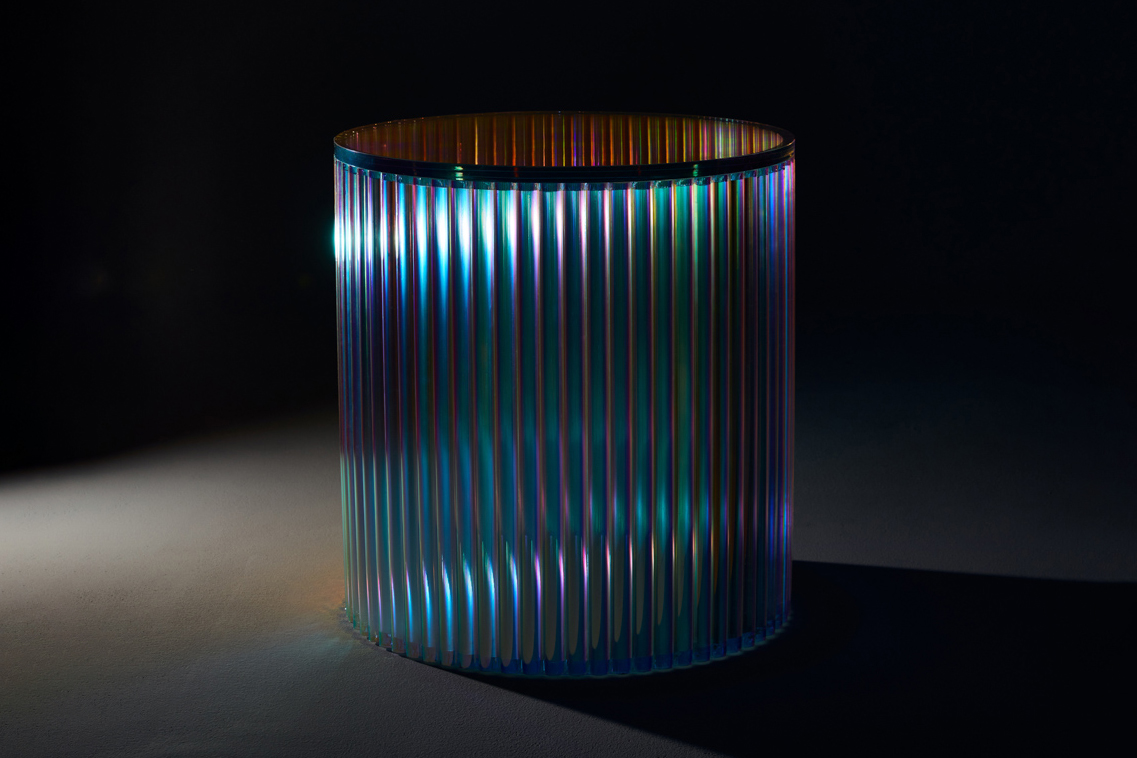 ANC-66 DICHROIC side table
ANC-66 DICHROIC side table 